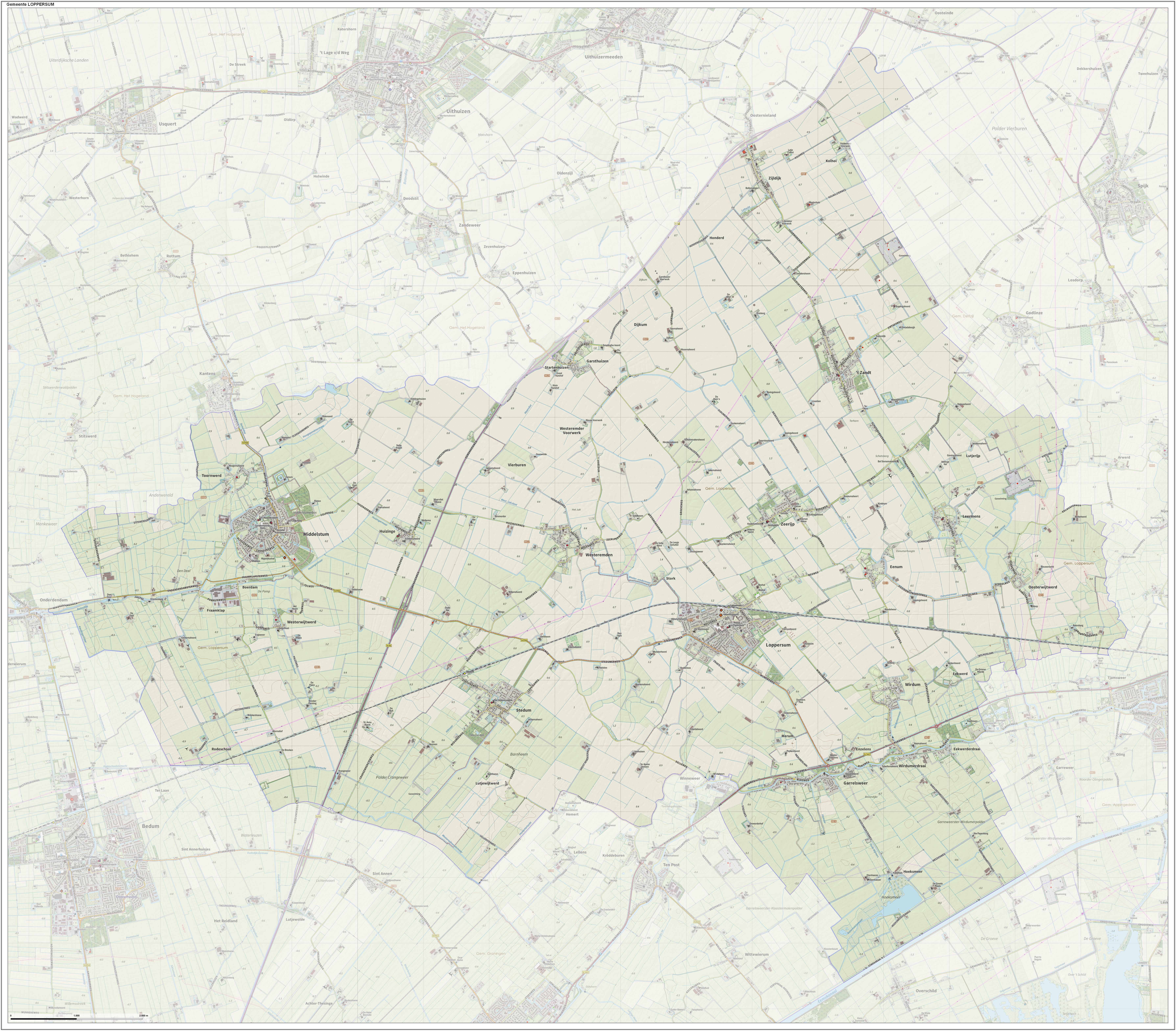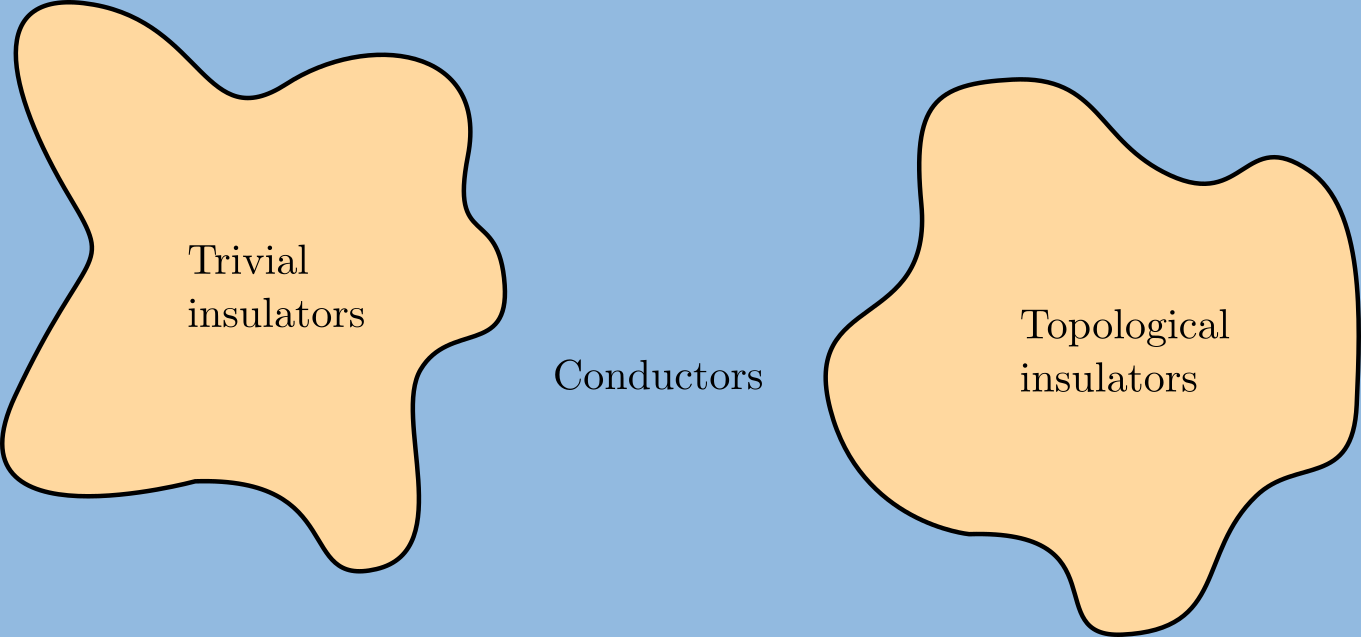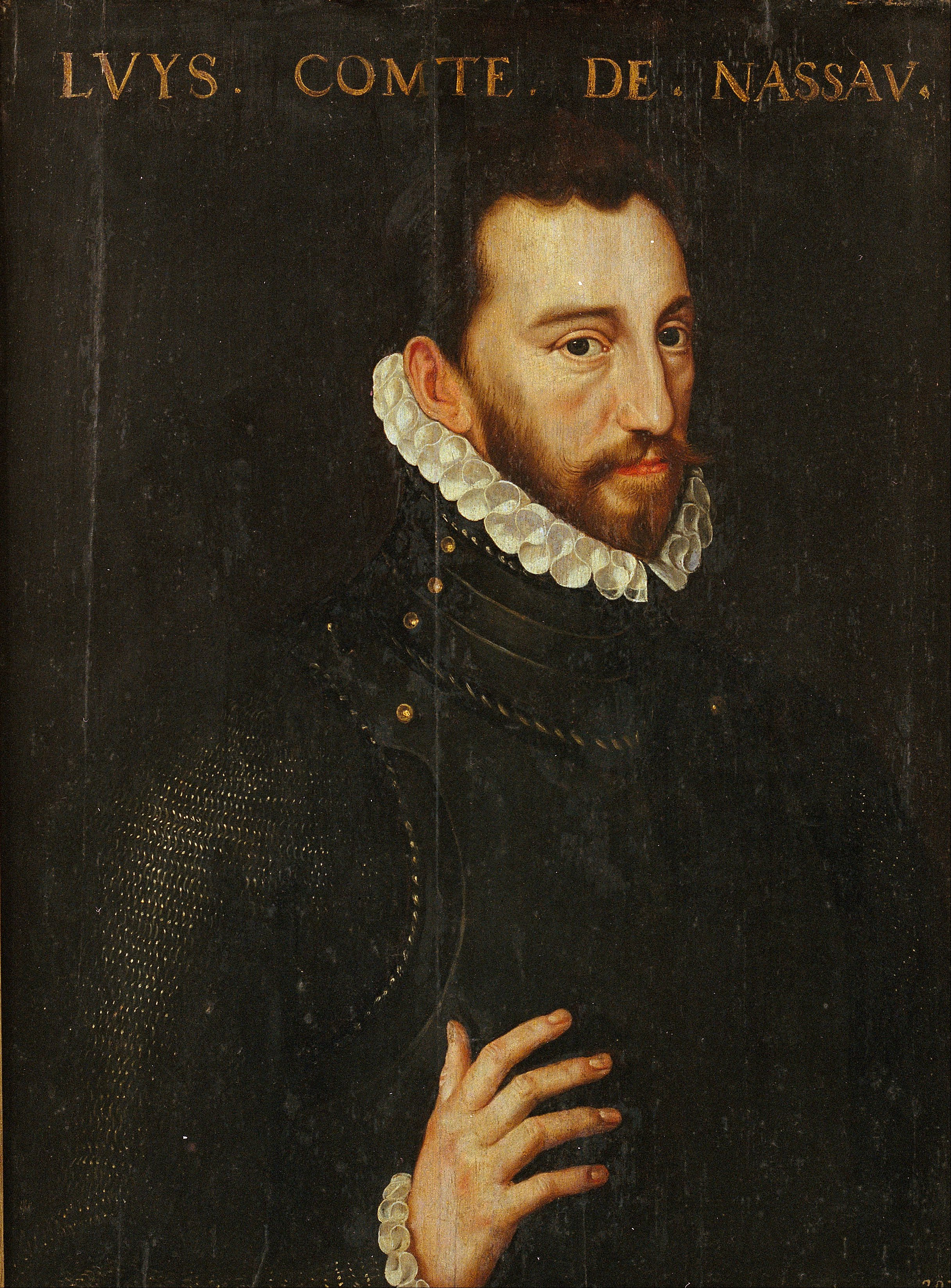|
Garrelsweer
Garrelsweer is a village in the Dutch province of Groningen. It is a part of the municipality of Eemsdelta. History The village was first mentioned in 1057 as Gerleuiswert, and means "settled height of Gerlef (person)". Garrelsweer developed on a dike along the Delf river. In 1057, it was given market, minting and toll rights by Henry IV, Holy Roman Emperor. During the Middle Ages, the village became overshadowed by neighbouring Loppersum. In 1424, the Delf was replaced by the , a canal from Groningen to Delfzijl. In 1568, during the Dutch Revolt, a battle was fought near Garrelsweer between Count Louis of Nassau and the Spanish Prince Charles de Ligne of Arenberg. The battle was undecided. Two days later, the fighting continued at Heiligerlee which became the first Dutch military victory, and therefore, the official beginning of the Eighty Years' War. The Dutch Reformed church was built in 1912 as a replacement of the 13th century church. The church was sold in 2013, and is no ... [...More Info...] [...Related Items...] OR: [Wikipedia] [Google] [Baidu] |
Loppersum
Loppersum () is a village and former municipality in the province of Groningen in the northeast of the Netherlands. Geography Loppersum is located in the province of Groningen in the north of the Netherlands. The former municipality was bordered by the municipalities of Eemsmond (north), Delfzijl (east), Appingedam (east), Slochteren (southeast), Ten Boer (south), and Bedum (southwest). The population centres in the municipality were: * Eekwerd * Eekwerderdraai * Eenum * Fraamklap * Garrelsweer * Garsthuizen * Hoeksmeer * Honderd * Huizinge * Kolhol * Leermens * Loppersum * Lutjerijp * Lutjewijtwerd * Merum * Middelstum * Oosterwijtwerd * Startenhuizen * Stedum * Stork * Toornwerd * Westeremden * Westerwijtwerd * Wirdum * Wirdumerdraai * 't Zandt * Zeerijp * Zijldijk Government The last mayor of Loppersum was Albert Rodenboog of the Christian Democratic Appeal (CDA). [...More Info...] [...Related Items...] OR: [Wikipedia] [Google] [Baidu] |
Johannes De Groot
Johannes de Groot (May 7, 1914 – September 11, 1972) was a Dutch mathematician, the leading Dutch topologist for more than two decades following World War II.. Biography De Groot was born at Garrelsweer, a village in the municipality of Loppersum, Groningen, on May 7, 1914.. He did both his undergraduate and graduate studies at the Rijksuniversiteit Groningen, where he received his Ph.D. in 1942 under the supervision of Gerrit Schaake. He studied mathematics, physics, and philosophy as an undergraduate, and began his graduate studies concentrating in algebra and algebraic geometry, but switched to point set topology, the subject of his thesis, despite the general disinterest in the subject in the Netherlands at the time after Brouwer, the Dutch giant in that field, had left it in favor of intuitionism. For several years after leaving the university, De Groot taught mathematics at the secondary school level, but in 1946 he was appointed to the Mathematisch Centrum in Amsterdam, ... [...More Info...] [...Related Items...] OR: [Wikipedia] [Google] [Baidu] |
Rienk Kuiper
Rienk Bouke Kuiper (January 31, 1886 – April 22, 1966) at Westminster Theological Seminary was a pastor and professor Systematic Theology. Kuiper served as between 1930 and 1933. Biography Kuiper was born in , in the municipality of , in the .[...More Info...] [...Related Items...] OR: [Wikipedia] [Google] [Baidu] |
Netherlands
) , anthem = ( en, "William of Nassau") , image_map = , map_caption = , subdivision_type = Sovereign state , subdivision_name = Kingdom of the Netherlands , established_title = Before independence , established_date = Spanish Netherlands , established_title2 = Act of Abjuration , established_date2 = 26 July 1581 , established_title3 = Peace of Münster , established_date3 = 30 January 1648 , established_title4 = Kingdom established , established_date4 = 16 March 1815 , established_title5 = Liberation Day (Netherlands), Liberation Day , established_date5 = 5 May 1945 , established_title6 = Charter for the Kingdom of the Netherlands, Kingdom Charter , established_date6 = 15 December 1954 , established_title7 = Dissolution of the Netherlands Antilles, Caribbean reorganisation , established_date7 = 10 October 2010 , official_languages = Dutch language, Dutch , languages_type = Regional languages , languages_sub = yes , languages = , languages2_type = Reco ... [...More Info...] [...Related Items...] OR: [Wikipedia] [Google] [Baidu] |
Dutch Revolt
The Eighty Years' War or Dutch Revolt ( nl, Nederlandse Opstand) (Historiography of the Eighty Years' War#Name and periodisation, c.1566/1568–1648) was an armed conflict in the Habsburg Netherlands between disparate groups of rebels and the Spanish Empire, Spanish government. The Origins of the Eighty Years' War, causes of the war included the Reformation, centralisation, taxation, and the rights and privileges of the nobility and cities. After Eighty Years' War, 1566–1572, the initial stages, Philip II of Spain, the sovereign of the Netherlands, deployed Army of Flanders, his armies and Eighty Years' War, 1572–1576, regained control over most of the rebel-held territories. However, Spanish Fury, widespread mutinies in the Spanish army caused a general uprising. Under the leadership of the exiled William the Silent, the Catholic- and Protestant-dominated provinces sought to establish religious peace while jointly opposing the king's regime with the Pacification of Ghent ... [...More Info...] [...Related Items...] OR: [Wikipedia] [Google] [Baidu] |
Topological Insulator
A topological insulator is a material whose interior behaves as an electrical insulator while its surface behaves as an electrical conductor, meaning that electrons can only move along the surface of the material. A topological insulator is an insulator for the same reason a "trivial" (ordinary) insulator is: there exists an energy gap between the valence and conduction bands of the material. But in a topological insulator, these bands are, in an informal sense, "twisted", relative to a trivial insulator. The topological insulator cannot be continuously transformed into a trivial one without untwisting the bands, which closes the band gap and creates a conducting state. Thus, due to the continuity of the underlying field, the border of a topological insulator with a trivial insulator (including vacuum, which is topologically trivial) is forced to support a conducting state. Since this results from a global property of the topological insulator's band structure, local (symmetry- ... [...More Info...] [...Related Items...] OR: [Wikipedia] [Google] [Baidu] |
Spintronics
Spintronics (a portmanteau meaning spin transport electronics), also known as spin electronics, is the study of the intrinsic spin of the electron and its associated magnetic moment, in addition to its fundamental electronic charge, in solid-state devices. The field of spintronics concerns spin-charge coupling in metallic systems; the analogous effects in insulators fall into the field of multiferroics. Spintronics fundamentally differs from traditional electronics in that, in addition to charge state, electron spins are exploited as a further degree of freedom, with implications in the efficiency of data storage and transfer. Spintronic systems are most often realised in dilute magnetic semiconductors (DMS) and Heusler alloys and are of particular interest in the field of quantum computing and neuromorphic computing. History Spintronics emerged from discoveries in the 1980s concerning spin-dependent electron transport phenomena in solid-state devices. This includes the observa ... [...More Info...] [...Related Items...] OR: [Wikipedia] [Google] [Baidu] |
Laurens W
Laurens may refer to: Places United States * Laurens County, Georgia * Laurens, Iowa, a city * Laurens (town), New York * Laurens (village), New York * Laurens, South Carolina, a city * Laurens County, South Carolina * Fort Laurens, an American Revolutionary War fort in what is now Ohio Elsewhere * Laurens, Hérault, commune in the Hérault département, southern France * Laurens Peninsula, Heard Island, Indian Ocean ** Cape Laurens, on the Laurens Peninsula Other uses * Laurens (given name) * Laurens (surname) * USS ''Laurens'' (APA-153), a World War II attack transport ship * Laurens Railroad (1854-1881), a railroad in South Carolina * Laurens Railway (1881-1894), successor of the Laurens Railroad * Laurens (horse) (born 2015), thoroughbred racehorse See also * Laurenz (name) * Lawrence (other) * Lourens (other) Lourens may refer to: ;Given name * Lourens Adriaanse, South African rugby player * Lourens Erasmus, South African rugby player * Lourens ... [...More Info...] [...Related Items...] OR: [Wikipedia] [Google] [Baidu] |
Eighty Years' War
The Eighty Years' War or Dutch Revolt ( nl, Nederlandse Opstand) ( c.1566/1568–1648) was an armed conflict in the Habsburg Netherlands between disparate groups of rebels and the Spanish government. The causes of the war included the Reformation, centralisation, taxation, and the rights and privileges of the nobility and cities. After the initial stages, Philip II of Spain, the sovereign of the Netherlands, deployed his armies and regained control over most of the rebel-held territories. However, widespread mutinies in the Spanish army caused a general uprising. Under the leadership of the exiled William the Silent, the Catholic- and Protestant-dominated provinces sought to establish religious peace while jointly opposing the king's regime with the Pacification of Ghent, but the general rebellion failed to sustain itself. Despite Governor of Spanish Netherlands and General for Spain, the Duke of Parma's steady military and diplomatic successes, the Union of Utrecht ... [...More Info...] [...Related Items...] OR: [Wikipedia] [Google] [Baidu] |
Battle Of Heiligerlee (1568)
The Battle of Heiligerlee (Heiligerlee, Groningen Province, Groningen, 23 May 1568)Laffin, 194. was fought between Netherlands, Dutch rebels and the Spain, Spanish army of Friesland. It was the first Dutch victory during the Eighty Years' War. The Groningen (province), Groningen Seventeen Provinces, province of the Spanish Netherlands was invaded by an army consisting of 3,900 infantry, led by Louis of Nassau, and 200 cavalry, led by Adolf of Nassau (1540-1568), Adolf of Nassau. Both of them were brothers of William I of Orange. The intention was to begin an armed uprising against the Spanish rulers of the Netherlands. The Stadtholder of Friesland and also Duke of Aremberg, Jean de Ligne, Duke of Aremberg, Johan de Ligne, had an army of 3,200 infantry and 20 cavalry. Aremberg initially avoided confrontation and awaited reinforcements from the Charles de Brimeu, Count of Meghem. However, on 23 May, Adolf's cavalry lured him to an ambush at the monastery of Heiligerlee. Louis's i ... [...More Info...] [...Related Items...] OR: [Wikipedia] [Google] [Baidu] |
Charles De Ligne, 2nd Prince Of Arenberg
Princely Count Charles of Arenberg, duke of Aarschot (''jure uxoris''), baron of Zevenbergen, knight of the Order of the Golden Fleece, (22 February 1550, in Vollenhove – 18 January 1616, in Enghien) was the second Princely Count of Arenberg and a leading aristocrat of the Habsburg Netherlands, who served as a courtier, soldier, minister and diplomat. Background and early years Charles of Arenberg was the eldest son of Jean de Ligne and Margaretha von der Mark, countess of Arenberg. As his mother was the sister and sole heiress of Robert III von der Marck-Arenberg, the marriage contract of his parents stipulated that he would bear the title, name and arms of Arenberg. On 5 March 1576, Emperor Maximilian II raised his mother and her heirs to the rank of Princely Counts, thereby promoting them to the Council of Princes of the Imperial Diet. Apart from the immediate princely county of Arenberg, the family owned extensive properties in the duchy of Brabant (the lordships of ... [...More Info...] [...Related Items...] OR: [Wikipedia] [Google] [Baidu] |
Louis Of Nassau
Louis of Nassau (Dutch: Lodewijk van Nassau, January 10, 1538 – April 14, 1574) was the third son of William I, Count of Nassau-Siegen and Juliana of Stolberg, and the younger brother of Prince William of Orange Nassau. Louis was a key figure in the revolt of the Netherlands against Spain and a strongly convinced Calvinist, unlike his brother William, whom he helped in various ways, including by arranging the marriage between him and his second wife Anna of Saxony. In 1569 William appointed him governor of the principality of Orange, giving him an indisputable position in French politics. The Compromise In 1566 he was one of the leaders of the league of lesser nobles who signed the "Compromis des Nobles". The Compromise was an open letter, in the form of a petition, to King Philip II of Spain stating that he should withdraw the Inquisition in the Netherlands. On April 5, 1566, with the following of two hundred horsemen, the Compromise was presented to the regent Marg ... [...More Info...] [...Related Items...] OR: [Wikipedia] [Google] [Baidu] |

.jpg)

